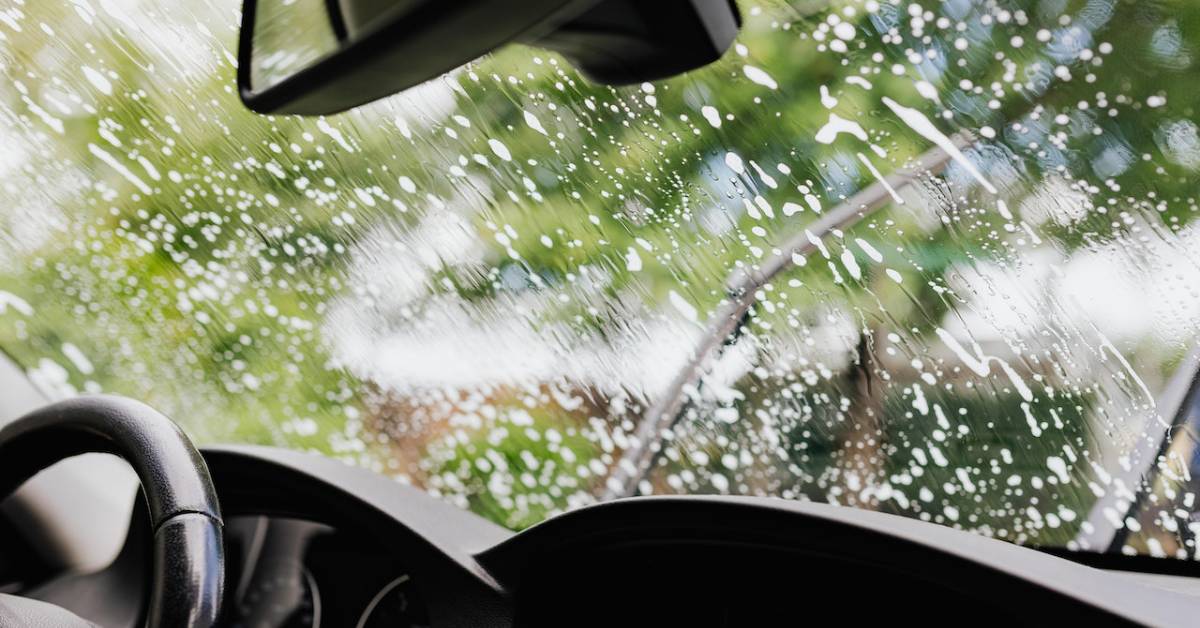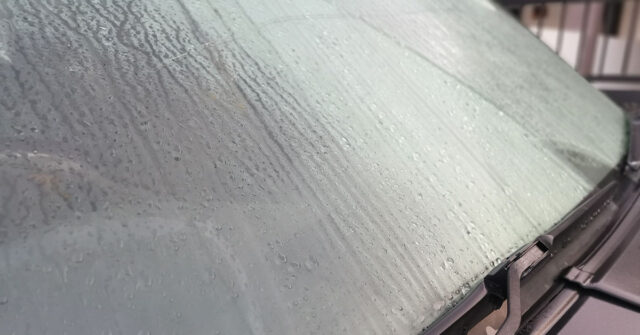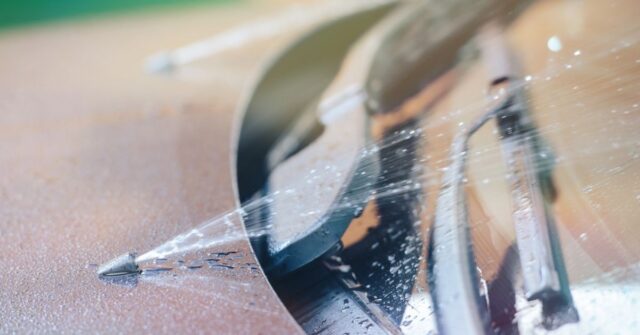For many Australian drivers, maintaining a crystal-clear windscreen is not just about the aesthetics of their vehicle but also about ensuring safety on the roads.
A clean windscreen offers clearer vision, aiding in better decision-making while driving. This comprehensive guide will offer DIY tips tailored to the unique Australian climate and environment.
Understanding the Importance of a Clean Windscreen
Before diving into the how-to of cleaning your windscreen, it’s essential to understand why it’s a non-negotiable aspect of car maintenance.
How a Clear Windscreen Enhances Safety
Visibility is crucial when it comes to driving. A spotless windscreen allows drivers to detect potential hazards early, giving them more time to react.
Whether it’s spotting a kangaroo on a remote outback road or detecting a pedestrian crossing in busy city streets, clarity is paramount.
The Impact of a Dirty Windscreen on Vision
Dirt, dust, smudges, and other marks on the windscreen scatter incoming light, leading to glare and reduced visibility.
Especially during sunrise, sunset, or when driving against oncoming traffic at night, these smudges can significantly distort and decrease a driver’s field of vision.
The Australian Climate and Your Windscreen
Our vast continent presents a myriad of climatic challenges, each impacting how we maintain our vehicles, especially the windscreen.
Challenges of Cleaning in a Dusty Outback
The iconic Australian outback, with its red dirt roads, can layer windscreens with fine dust. This not only obscures vision but can also lead to scratches if not cleaned properly.
Regular cleaning and using the right materials can mitigate these effects.
Combatting Coastal Salts and Humidity
Living near the coast means your vehicle is often exposed to salt-laden breezes. Over time, this salt can crystallise on the windscreen, making it difficult to clean and reducing visibility.
Add to that the humidity, which can cause condensation, and it’s clear why coastal drivers need specific cleaning strategies.
Dealing with Urban Pollution
Cities come with their own set of challenges – pollution. Smoke, smog, and various pollutants can settle on the windscreen.
Regular cleaning is essential to prevent a build-up that can impair vision and damage the windscreen’s surface over time.
Choosing the Right Cleaning Materials
Selecting the appropriate cleaning products is half the battle when ensuring a streak-free finish.
Best Homemade Cleaning Solutions
Not every effective cleaner comes from the store. Sometimes, the best solutions are those you make yourself.
Vinegar-Based Cleaners
Vinegar is an excellent natural cleaner, cutting through grime and leaving a streak-free finish. A mix of equal parts distilled water and white vinegar can serve as an effective cleaning solution.
Soap and Water Mixtures
A simple mix of lukewarm water and a few drops of dish soap can work wonders. Ensure you rinse the windscreen thoroughly to prevent soap streaks.
Commercial Cleaners: What to Look For
When buying commercial cleaners, opt for ammonia-free solutions. Not only are they safer for the environment, but they’re also less likely to leave streaks.
Always check the product label for any warnings specific to tinted windows.
Selecting Appropriate Cleaning Cloths and Tools
Avoid using abrasive materials. Microfiber cloths or newspapers work best for cleaning windscreens as they don’t leave lint or scratches behind.
If you need to scrub off stubborn stains, consider using a soft-bristled brush.
Step-by-Step Windscreen Cleaning Guide
Cleaning a windscreen is more than just spraying and wiping. Here’s a methodical approach to get the best results.
Preparing Your Windscreen
Start by ensuring that the windscreen is cool to the touch, preferably cleaning in a shaded area. This will prevent the cleaning solution from evaporating too quickly and leaving behind residues.
Applying the Cleaning Solution
Whether you’re using a homemade mixture or a store-bought solution, spray it generously onto the windscreen. Let it sit for a minute or two to loosen any dirt or grime.
Effective Techniques for Streak-Free Cleaning
Using circular motions, wipe the windscreen with a microfiber cloth. Rotate the cloth frequently to ensure you’re always using a clean side.
Finish by wiping vertically, and then horizontally, to ensure all residues are removed.
Rinsing and Finishing Touches
If you use a soap-based solution, it’s essential to rinse the windscreen thoroughly with clean water. Use a clean, dry microfiber cloth to buff the windscreen for a perfect finish.
Tackling Stubborn Stains and Deposits
Everyday cleaning methods might not always suffice. Here’s how to handle those stubborn spots.
Removing Tree Sap
Tree sap can be a real menace, especially if left to harden over time. Soften the sap using hot water and then gently scrape it off with a plastic scraper or the edge of a credit card.
Finish with your regular cleaning process.
Clearing Bird Droppings
Bird droppings are acidic and can damage your windscreen if not removed promptly. Soften them with a soaked cloth and then wipe them away. Ensure you clean the entire area to remove any residues.
Dealing with Insect Marks
Insects can leave hard-to-remove marks. Soak the area, and then gently scrub using a soft brush. Rinse and clean as usual.
Additional Protective Measures
Maintaining a clear windscreen isn’t just about cleaning. Here are ways to offer it added protection.
Windscreen Treatments for Repelling Water
Water-repellent treatments create a hydrophobic layer on your windscreen, causing water to bead and roll off. This not only ensures better visibility during rain but also makes cleaning easier.
Using Windscreen Covers
Windscreen covers, especially when parked outdoors, can protect against bird droppings, tree sap, and frost.
This proactive measure reduces the cleaning frequency and ensures your windscreen remains protected.
Regular Maintenance and Upkeep
Setting a routine helps. Cleaning your windscreen weekly or even bi-weekly ensures that dirt and stains don’t accumulate, reducing the effort needed in the long run.
Frequently Asked Questions (FAQs)
We’ve collated some common queries about windscreen cleaning for your convenience.
How Often Should I Clean My Windscreen?
For city drivers, a bi-weekly cleaning routine suffices. However, if you’re driving in dusty outback areas or by the coast, consider cleaning your windscreen more frequently.
Can I Use Household Products?
Yes, as highlighted, products like vinegar and dish soap can be effective. However, avoid using products that might be abrasive or leave residues.
What to Do in Case of Scratches?
If your windscreen gets scratched, it’s essential to address it promptly. Small scratches can be treated using various methods. However, deeper scratches might require professional attention.
Conclusion: The Clear Road Ahead
A clean windscreen is more than just about aesthetics; it’s about ensuring you have a clear vision on the road, guaranteeing safety for you and others.
With these tips tailored for the Australian climate and environment, you’re now equipped to maintain a spotless windscreen, no matter where your journeys take you.





